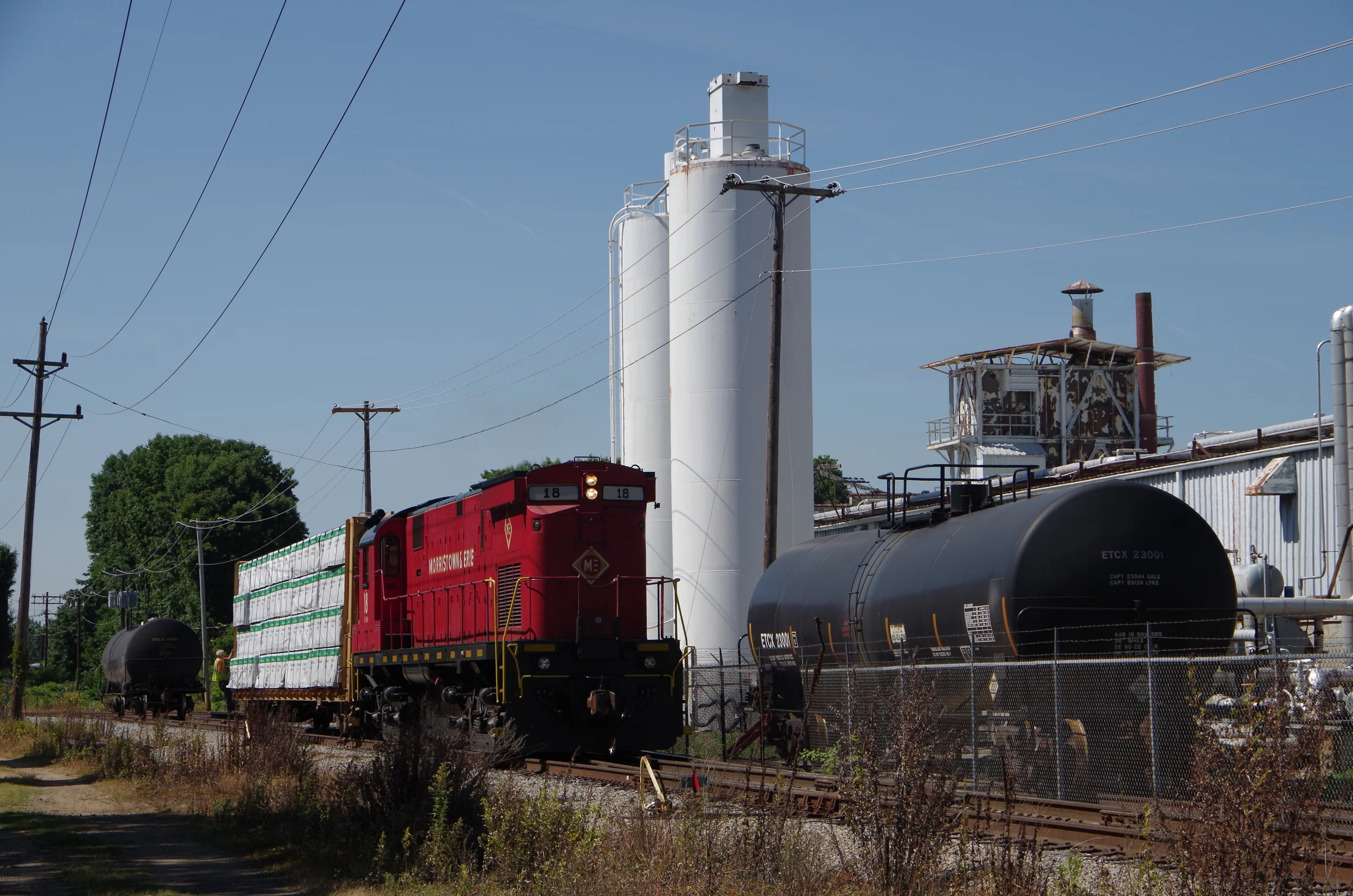ENVIRONMENTALLY FRIENDLY
Moving any given item of freight by rail instead of truck reduces the greenhouse gas emissions for that shipment by about 75 percent. If 10 percent of nationwide truck traffic switched to trains, annual greenhouse gas emissions would fall by about 11 million tons.
INCREASED FUEL EFFICIENCY
On average, railroads can move one ton of freight 473 miles on one gallon of fuel. Trucks, on the other hand, can only move one ton of freight 105 miles on one gallon of fuel, making railroads over four times more energy efficient. Railroad fuel efficiency is up 99 percent since 1980. If just 10 percent of the freight currently moving on trucks were moved by rail instead, the U.S. would save about 1 billion gallons of fuel per year.
SAFER HAZMAT HANDLING
Rail is by far the safest way to move hazardous materials (hazmat) around the country. 99.998 percent of rail hazmat shipments arrive at their destination without incident. In fact, American railroads have reduced overall hazmat accident rates by 90 percent since 1980. The safety record for hazmat shipments by rail far exceeds the comparable record for trucks. Between 1981 and 2004, there were 278 fatalities in hazmat-related incidents on the highways, compared with 10 on the rails. Although railroads and trucks carry roughly equal amounts of hazmat tons per mile annually, trucks average 16 times more hazmat releases than railroads.
DECREASED HIGHWAY CONGESTION
The average railcar carries the same freight load as four long-haul trucks. That means that every railcar shipped on the M&E represents four trucks taken off New Jersey's congested highways.

